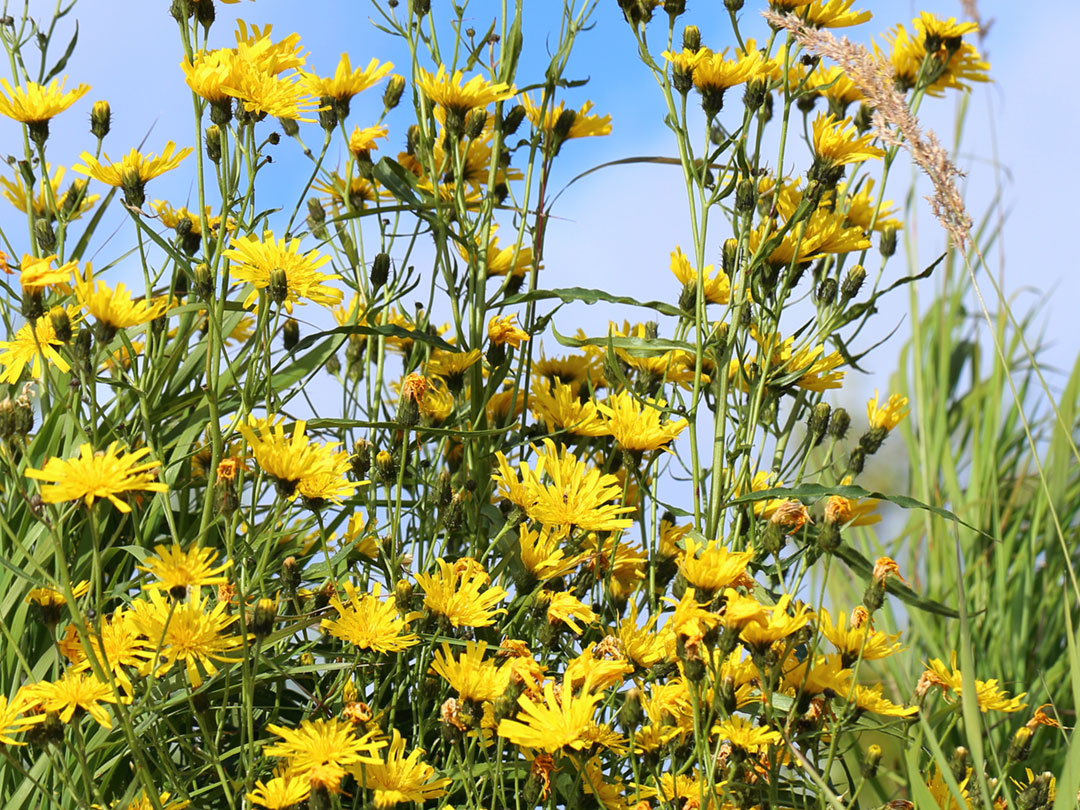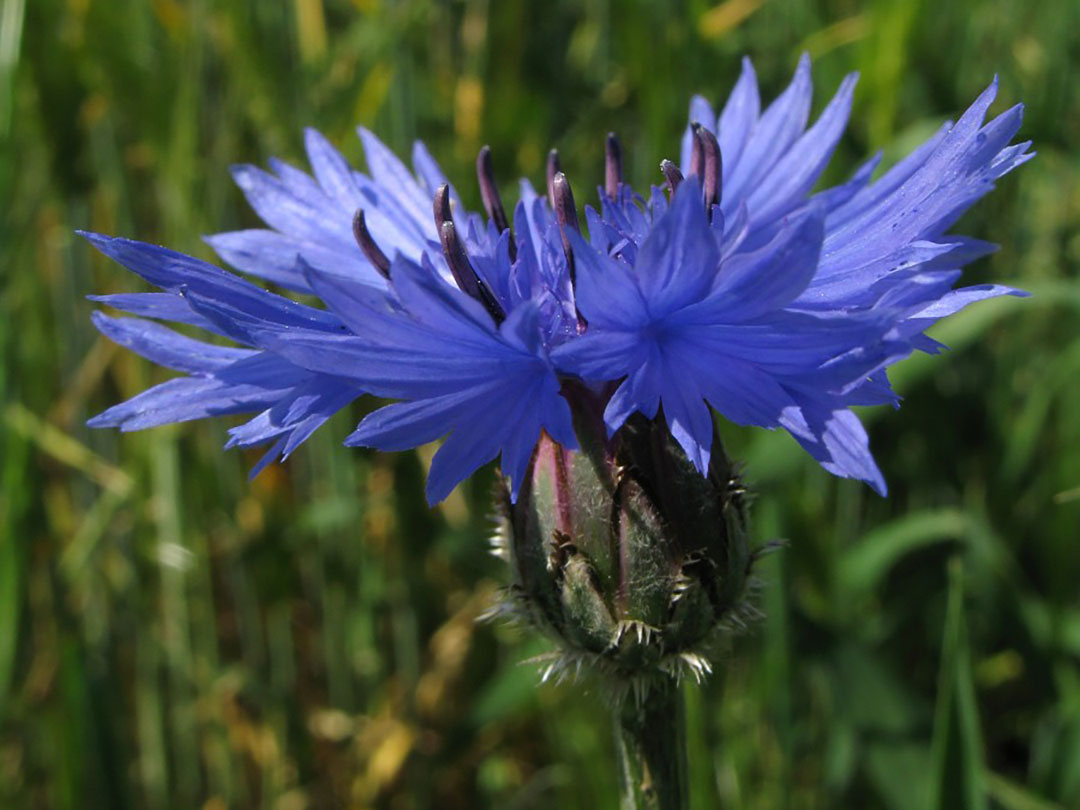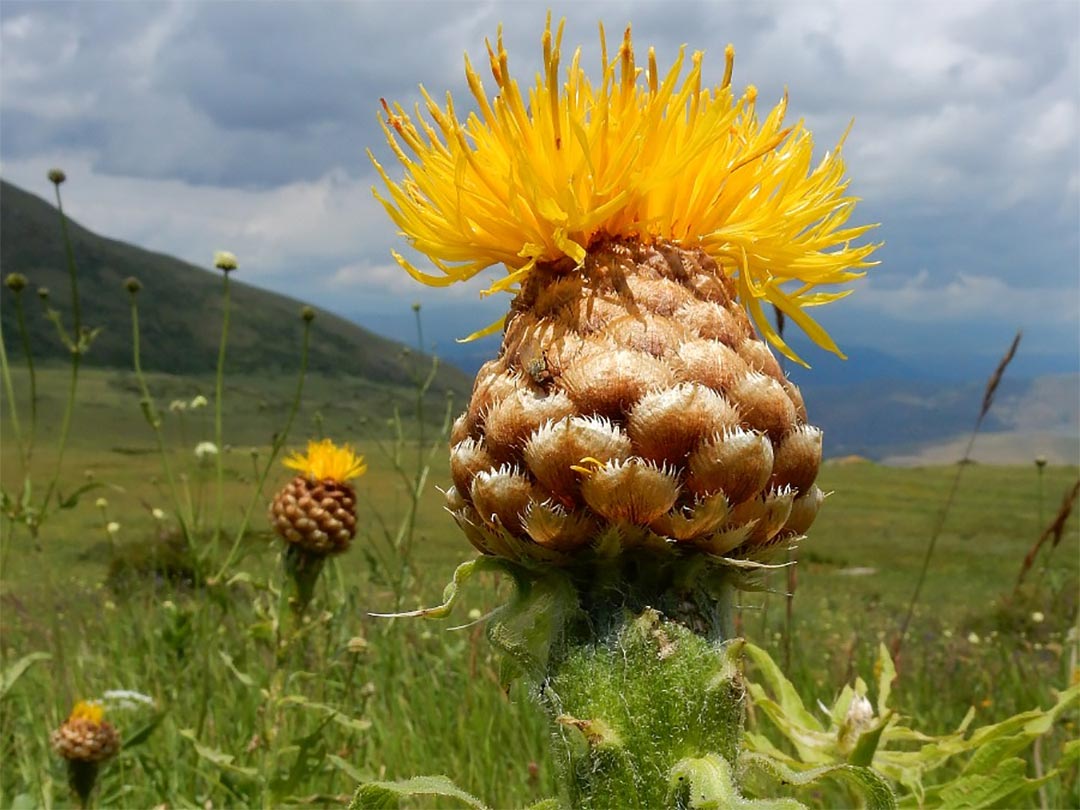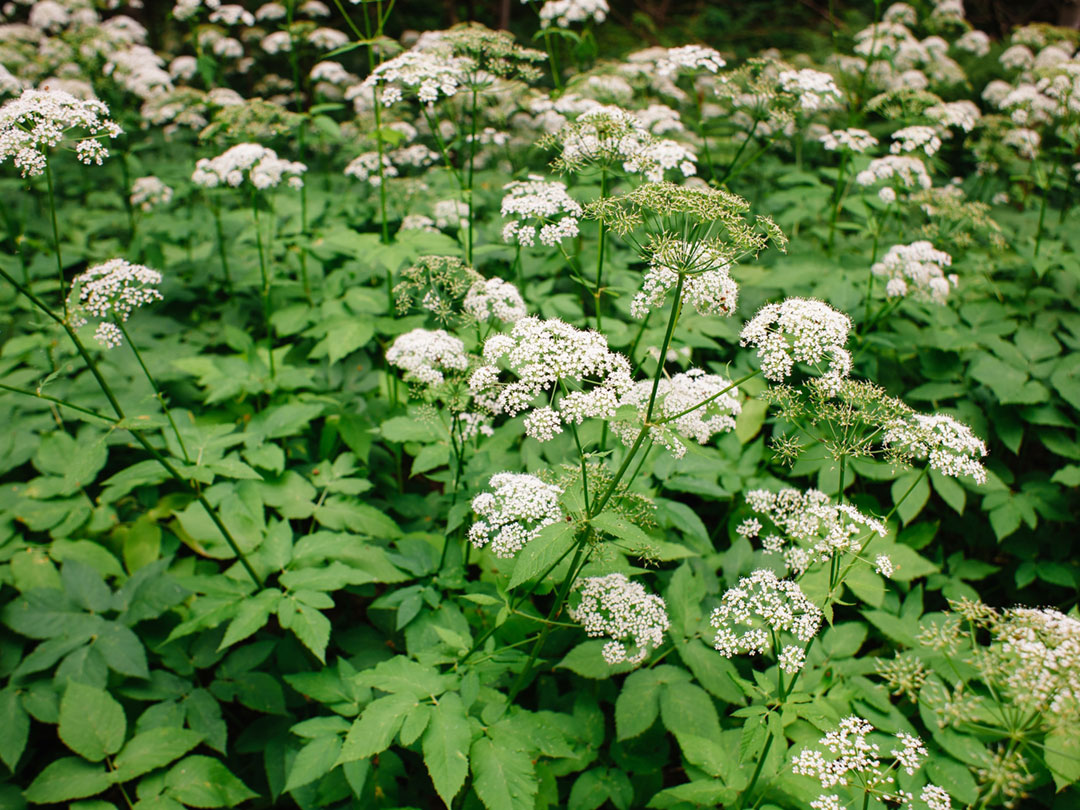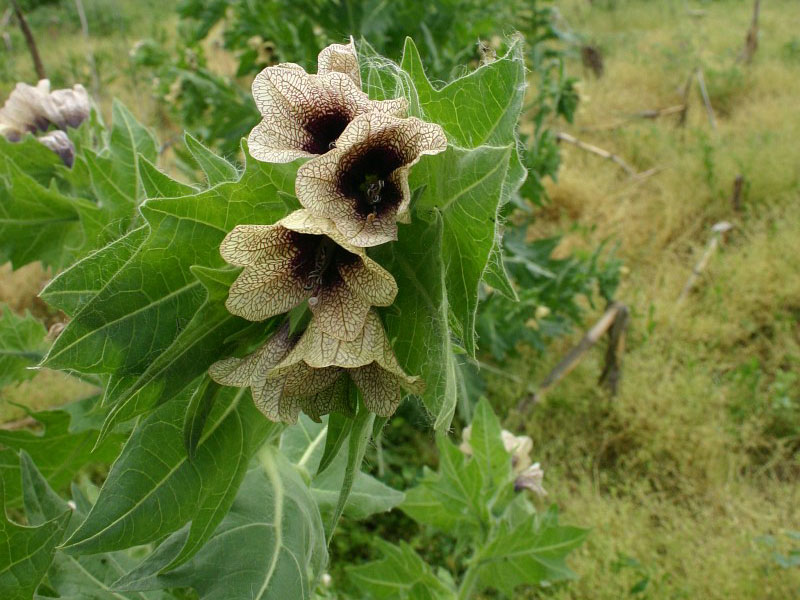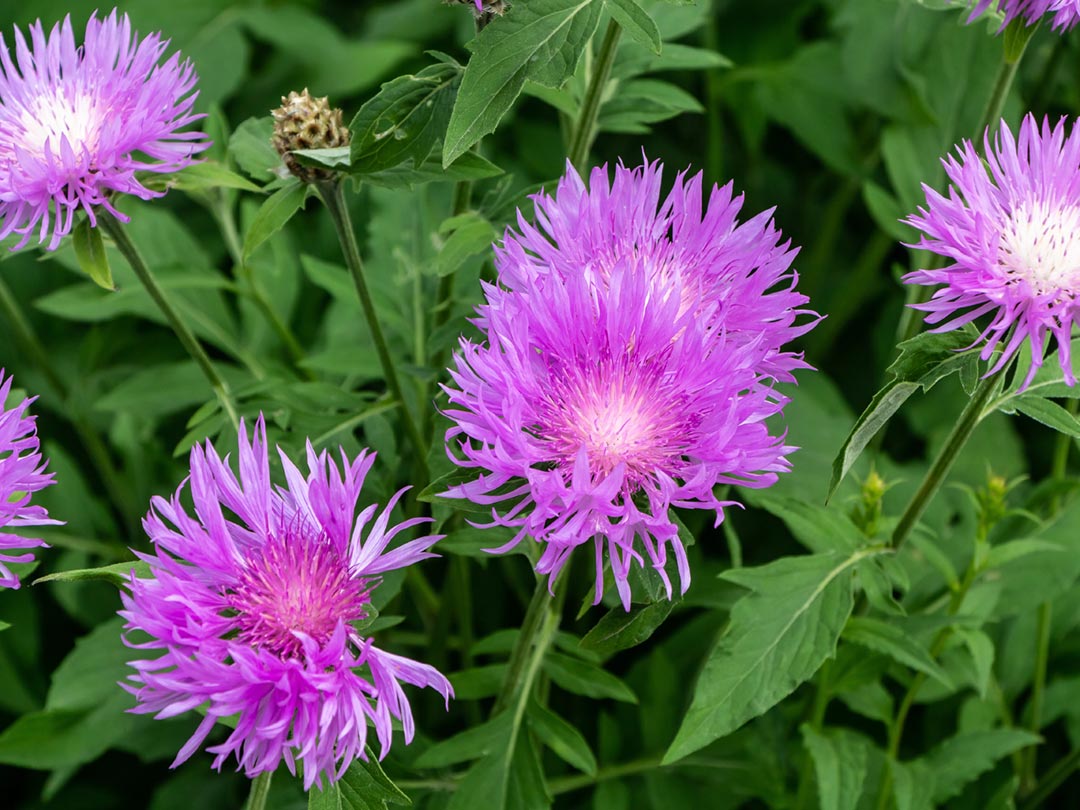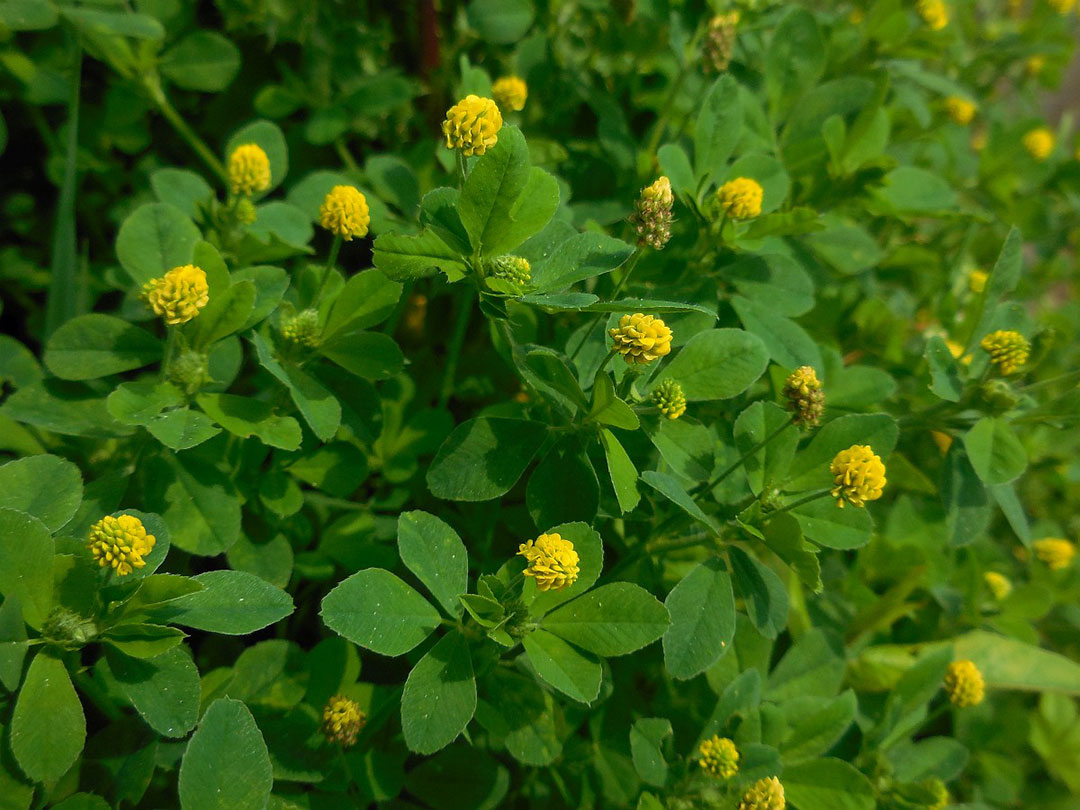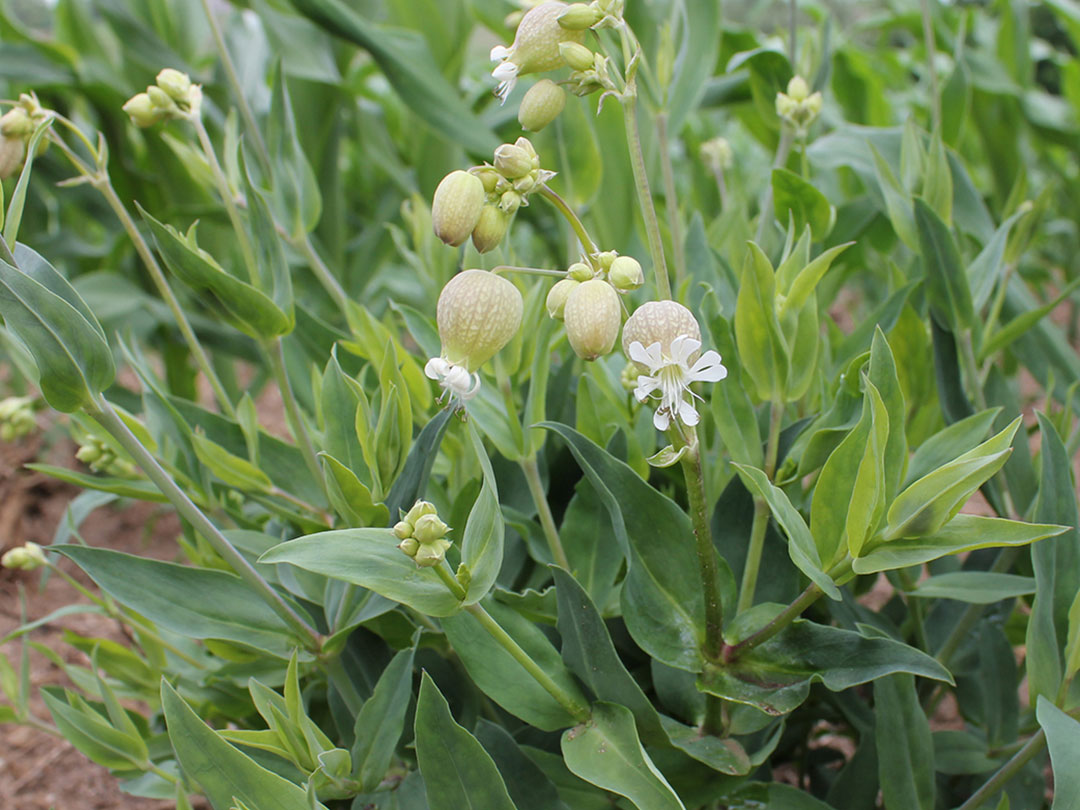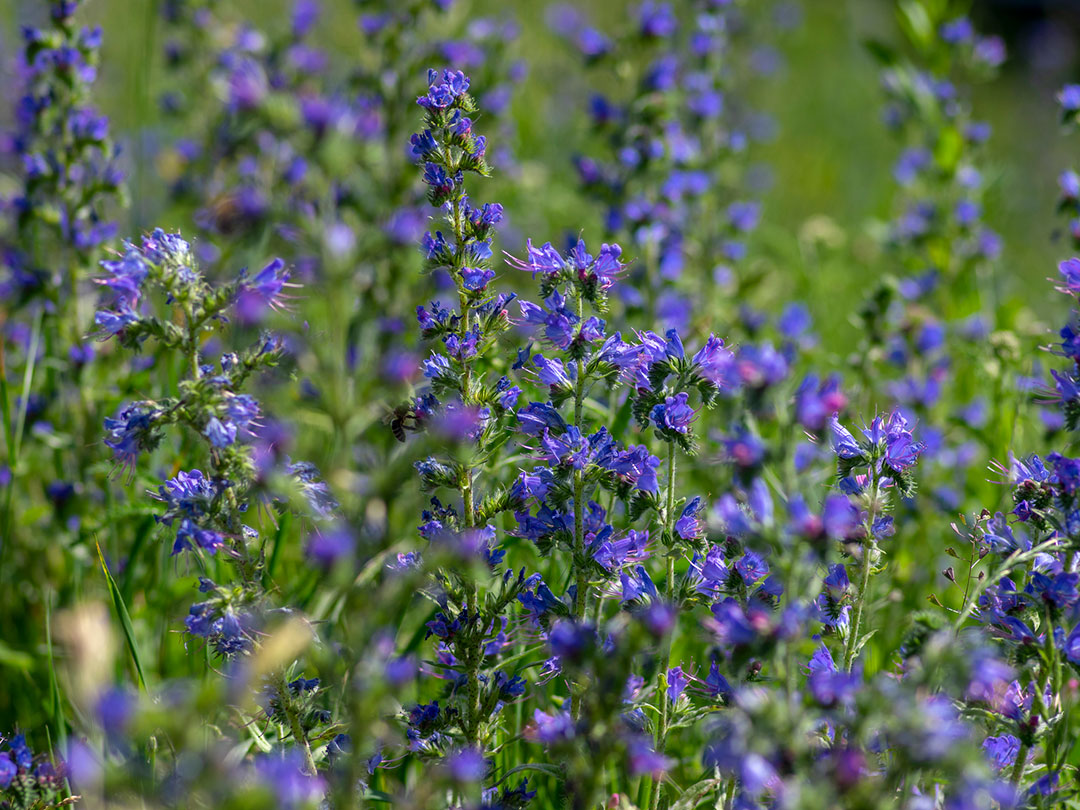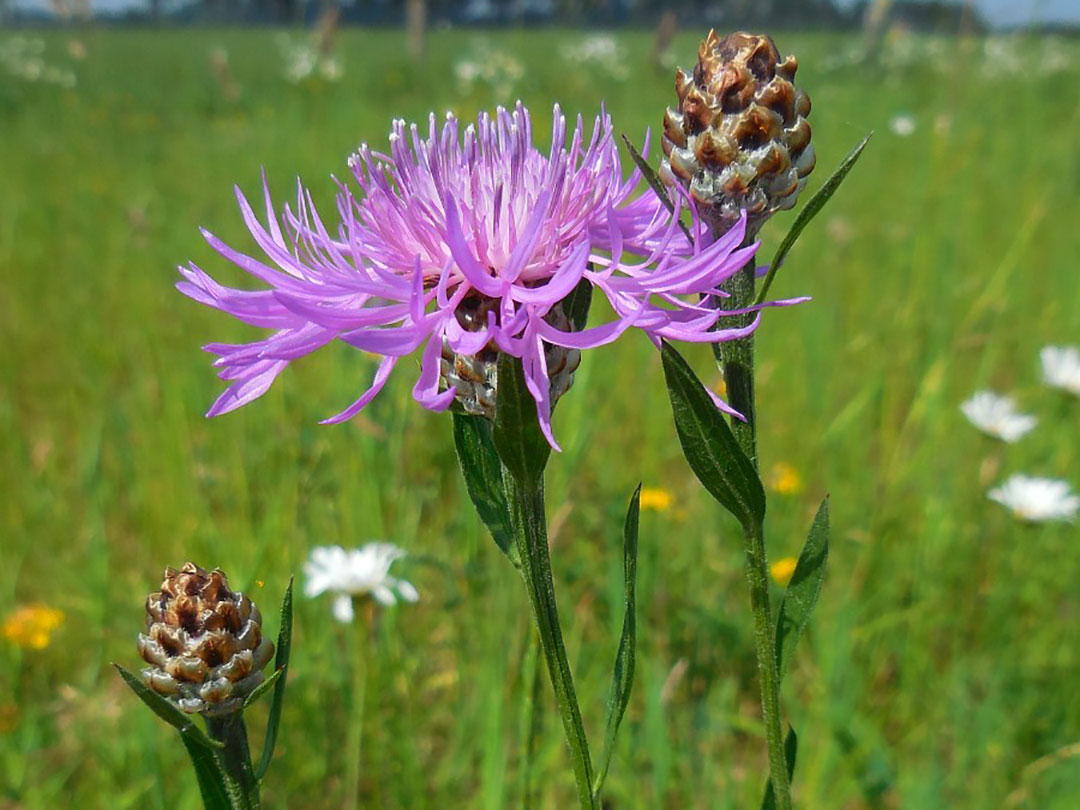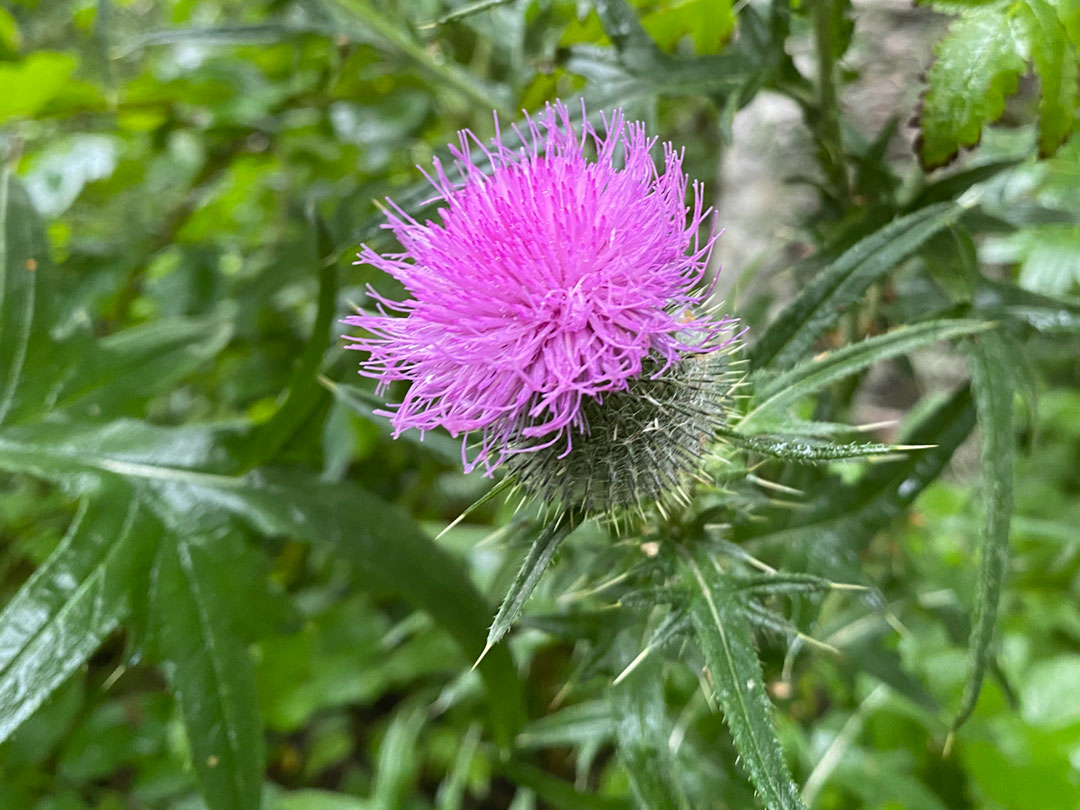Invasive Plants
Plant Identification DatabaseWhat is an Invasive Plant?
An invasive plant is a non-native species that, when introduced to a new environment, causes harm to the ecosystem, economy, or human health by out-competing native plants, disrupting habitats, and altering natural processes.
The Northwest Invasive Plant Council (NWIPC) is currently targeting 60 invasive plants for management, as per the NWIPC 2020 Target Plant List. The list of species is reviewed, updated and approved by the membership every spring at the annual general meeting. Our target plants are listed below. You can use the Filters to select for flower color or ranking.
Priority Ranking
How invasive a plant may be is based on its current and potential impact and ability to spread. NWIPC ranks invasive plants into 4 main categories.
Regional EDRR
Early Detection Rapid Response. Pose a significant threat and is new to the region. These species exist in the region/IPMA, but with very limited distribution. Eradication is feasible.
Management Approach: Eradication is the goal. These species are the highest priority for planned control programs.
High Priority
These species are abundant in certain portions of the IPMA/region but have not yet infested all potential habitats.
Management Approach: High risk/impact; limited population with significant potential to spread in the region. Contain to prevent further expansion. If the population is low enough, the objective will be to control every site annually.
Medium Priority
These are widespread species that are beyond landscape-level control and/or have relatively low impact.
Management Approach: Medium risk/impact; limited distribution – broader population distribution with potential to spread further in a region. The goal of management efforts for these species is to protect site-specific values or assets (e.g., corridors of spread, agricultural land, etc.). Land managers may choose to treat these species at sites they deem valuable to protect based on specific land management objectives.
Low Priority
These are widespread species, where site-scale control is ineffective or futile; and/or these species have relatively low impact. Lost causes.
Management Approach: Not included in NWIPC control programs. Education only (e.g., do not plant in gardens).


